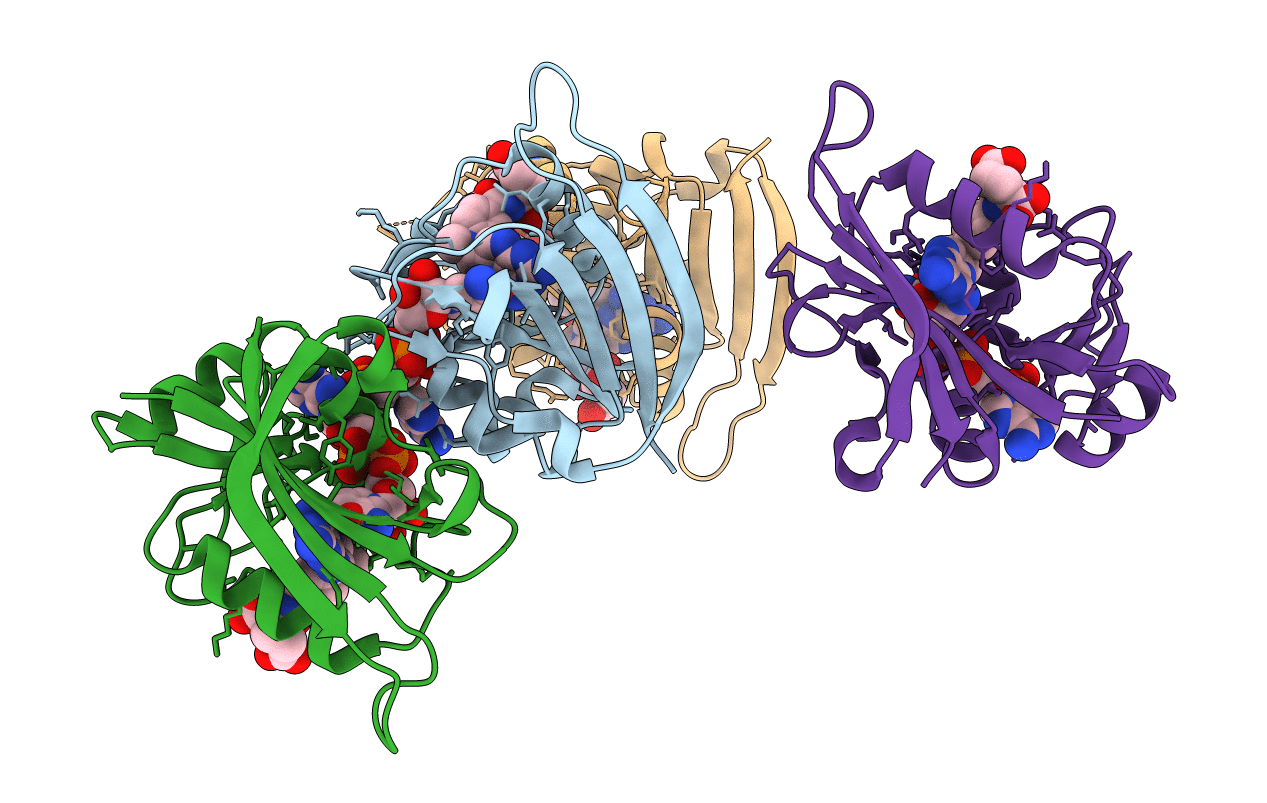
Deposition Date
2009-07-13
Release Date
2009-07-21
Last Version Date
2024-02-21
Entry Detail
PDB ID:
3IA4
Keywords:
Title:
Moritella profunda dihydrofolate reductase (DHFR) in complex with NADPH and methotrexate (MTX)
Biological Source:
Source Organism:
Moritella profunda (Taxon ID: 111291)
Host Organism:
Method Details:
Experimental Method:
Resolution:
1.70 Å
R-Value Free:
0.19
R-Value Work:
0.15
R-Value Observed:
0.15
Space Group:
C 1 2 1


